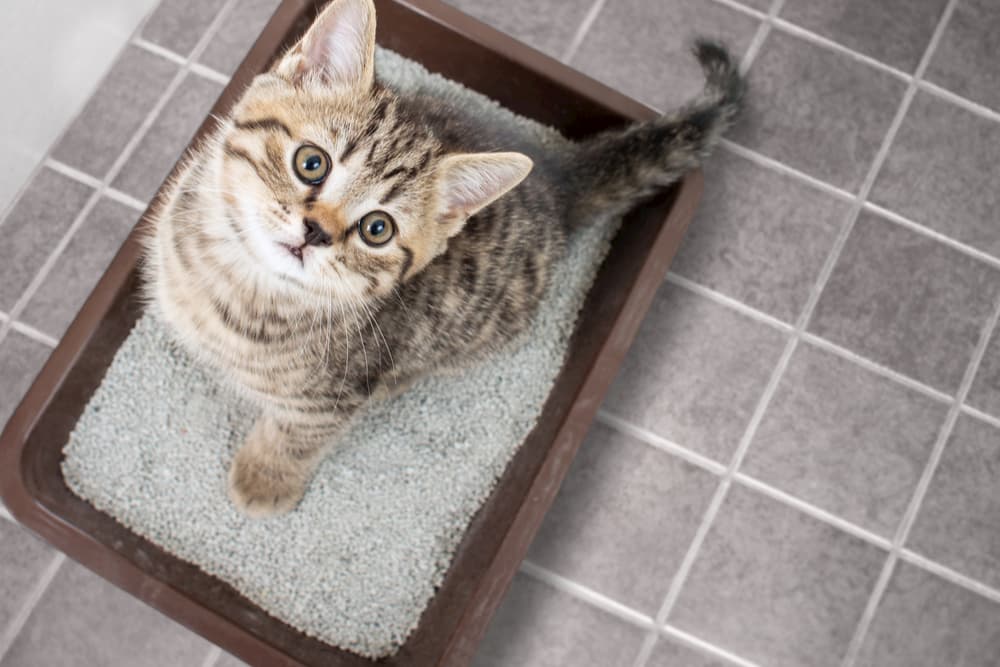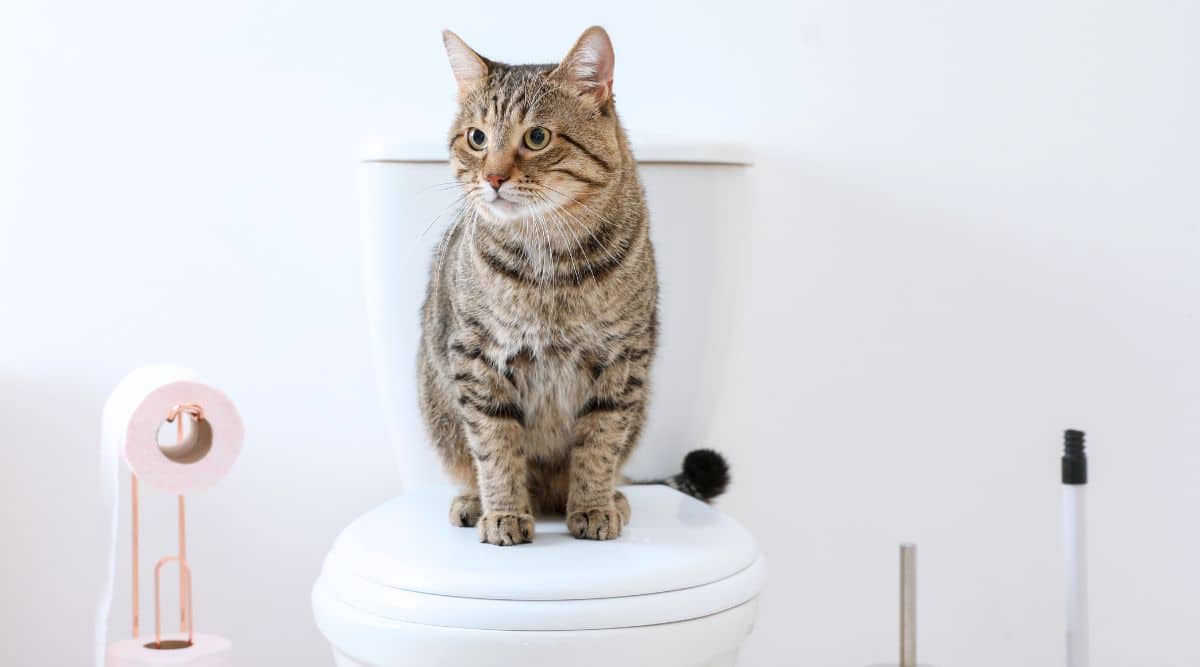Prevent Clogs and Damage: Don't Flush Cat Poop Down Your Toilet - Professional Insights
Prevent Clogs and Damage: Don't Flush Cat Poop Down Your Toilet - Professional Insights
Blog Article
They are making a number of good pointers related to Don’t flush cat feces down the toilet in general in this content in the next paragraphs.

Introduction
As feline proprietors, it's necessary to be mindful of how we throw away our feline close friends' waste. While it might seem convenient to flush cat poop down the toilet, this practice can have destructive repercussions for both the setting and human health and wellness.
Environmental Impact
Purging cat poop introduces damaging microorganisms and bloodsuckers into the water, posturing a significant danger to marine communities. These impurities can negatively impact aquatic life and compromise water top quality.
Health Risks
Along with environmental worries, flushing feline waste can likewise present wellness risks to humans. Cat feces might consist of Toxoplasma gondii, a parasite that can cause toxoplasmosis-- a possibly serious disease, particularly for pregnant females and individuals with damaged body immune systems.
Alternatives to Flushing
Thankfully, there are more secure and extra liable ways to deal with feline poop. Consider the adhering to alternatives:
1. Scoop and Dispose in Trash
One of the most typical method of throwing away feline poop is to scoop it into an eco-friendly bag and toss it in the garbage. Make certain to use a committed clutter inside story and throw away the waste immediately.
2. Use Biodegradable Litter
Select eco-friendly feline trash made from materials such as corn or wheat. These litters are eco-friendly and can be safely dealt with in the garbage.
3. Bury in the Yard
If you have a yard, take into consideration burying pet cat waste in a marked location far from vegetable yards and water resources. Be sure to dig deep adequate to avoid contamination of groundwater.
4. Mount a Pet Waste Disposal System
Purchase a pet dog waste disposal system specifically developed for pet cat waste. These systems utilize enzymes to break down the waste, decreasing odor and environmental influence.
Conclusion
Responsible animal ownership prolongs beyond giving food and shelter-- it also includes appropriate waste administration. By refraining from flushing feline poop down the toilet and choosing alternate disposal methods, we can decrease our environmental footprint and safeguard human health and wellness.
Why Can’t I Flush Cat Poop?
It Spreads a Parasite
Cats are frequently infected with a parasite called toxoplasma gondii. The parasite causes an infection called toxoplasmosis. It is usually harmless to cats. The parasite only uses cat poop as a host for its eggs. Otherwise, the cat’s immune system usually keeps the infection at low enough levels to maintain its own health. But it does not stop the develop of eggs. These eggs are tiny and surprisingly tough. They may survive for a year before they begin to grow. But that’s the problem.
Our wastewater system is not designed to deal with toxoplasmosis eggs. Instead, most eggs will flush from your toilet into sewers and wastewater management plants. After the sewage is treated for many other harmful things in it, it is typically released into local rivers, lakes, or oceans. Here, the toxoplasmosis eggs can find new hosts, including starfish, crabs, otters, and many other wildlife. For many, this is a significant risk to their health. Toxoplasmosis can also end up infecting water sources that are important for agriculture, which means our deer, pigs, and sheep can get infected too.
Is There Risk to Humans?
There can be a risk to human life from flushing cat poop down the toilet. If you do so, the parasites from your cat’s poop can end up in shellfish, game animals, or livestock. If this meat is then served raw or undercooked, the people who eat it can get sick.
In fact, according to the CDC, 40 million people in the United States are infected with toxoplasma gondii. They get it from exposure to infected seafood, or from some kind of cat poop contamination, like drinking from a stream that is contaminated or touching anything that has come into contact with cat poop. That includes just cleaning a cat litter box.
Most people who get infected with these parasites will not develop any symptoms. However, for pregnant women or for those with compromised immune systems, the parasite can cause severe health problems.
How to Handle Cat Poop
The best way to handle cat poop is actually to clean the box more often. The eggs that the parasite sheds will not become active until one to five days after the cat poops. That means that if you clean daily, you’re much less likely to come into direct contact with infectious eggs.
That said, always dispose of cat poop in the garbage and not down the toilet. Wash your hands before and after you clean the litter box, and bring the bag of poop right outside to your garbage bins.
https://trenchlesssolutionsusa.com/why-cant-i-flush-cat-poop/

We had been guided to that article about Don’t flush cat feces down the toilet from an acquaintance on our other blog. Enjoyed reading our article? Please share it. Let others locate it. We enjoy reading our article about Don’t flush cat feces down the toilet.
Click Here Report this page